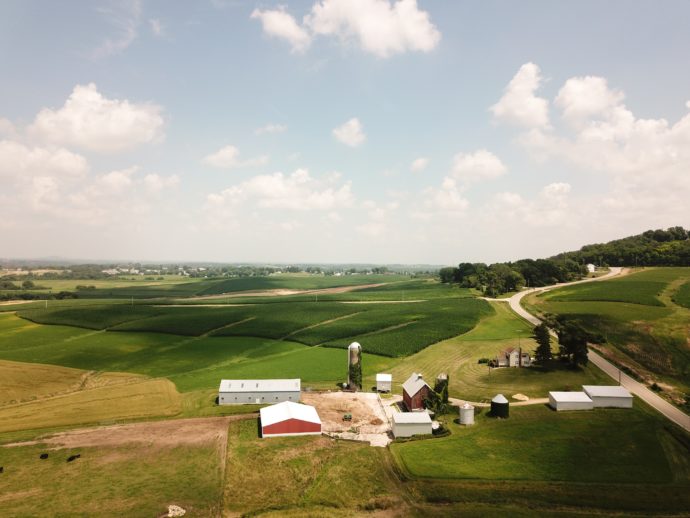Over 60 million people, roughly 19.3 percent of the US population, reside in rural counties. Among existing health disparities between the rural and urban areas of the country, the issues of proximity and access top the list. Though accessing care can be challenging nationwide, rural residents have particular difficulty accessing primary healthcare physicians (PCPs) because there are only 65 PCPs per 100,000 rural Americans as opposed to 105 PCPs for the same number of urban and suburban Americans.
The lack of uniformity in healthcare access across the nation has led to the creation of teleheath, or telemedicine. While this is an exciting means to increase access, issues like the lack of rural broadband have proved to be obstacles in telehealth expansion and innovation.
While it may seem that wifi and internet access is virtually universal, those in rural America tell a different story. Legislators on the state and federal levels continue to advocate for rural broadband and easier access to internet outlets. In the meantime, rural Americans have to travel longer distances to see their primary healthcare physicians, not to mention when seeking emergency healthcare services. Several 2020 presidential candidates have included telehealth provisions within their proposals to revamp rural healthcare, with most including calls for further funding and research. You can find some of their plans here, here, and here.
According to the Rural Health Information Hub, using telehealth to provide specialty services is more reasonable for rural healthcare facilities than staffing those facilities with specialty and subspecialty providers. Telehealth allows specialists and subspecialists to visit rural patients online, therefore improving access as well as making a wider range of healthcare services available to rural residents via telemedicine, including radiology, psychiatry, ophthalmology, dermatology, dentistry, audiology, cardiology, oncology, and obstetrics. As technology advances, more and more quality services will become available to every American.
If you are a member of a rural community in need of services and assistance, you can contact your Plan for more information about telemedicine available to you.
For further Plan telehealth services, please click on one of the following links depending on your Plan.
Mail Handlers Benefit Plan
Rural Carrier Benefit Plan
Foreign Service Benefit Plan
SAMBA Health Benefits Plan

